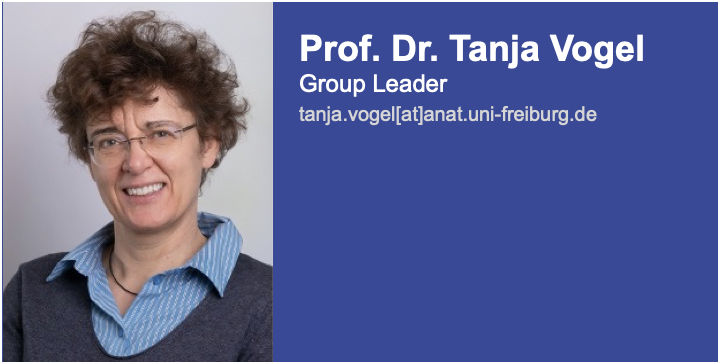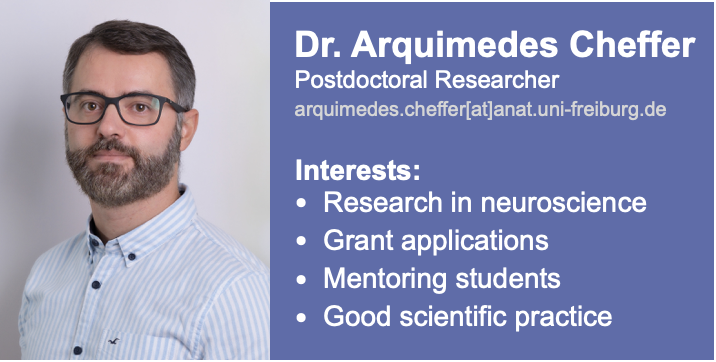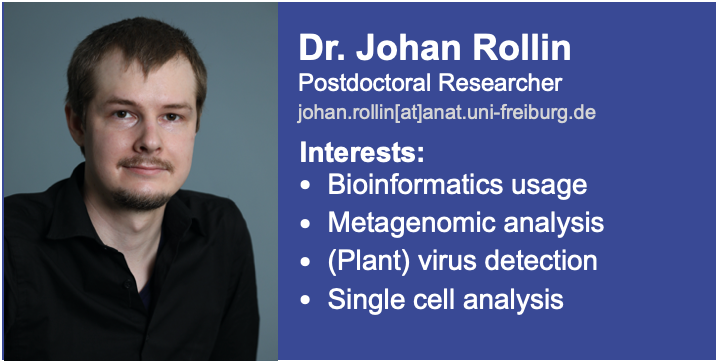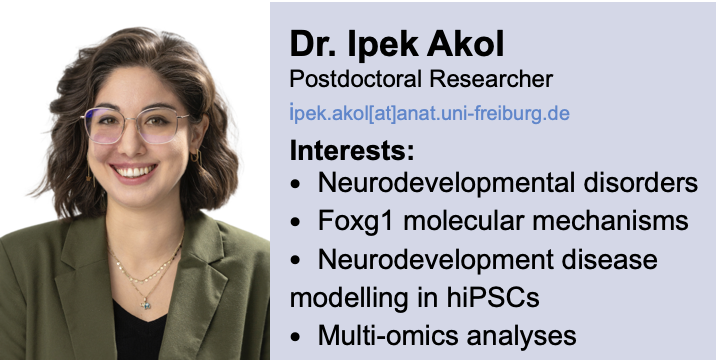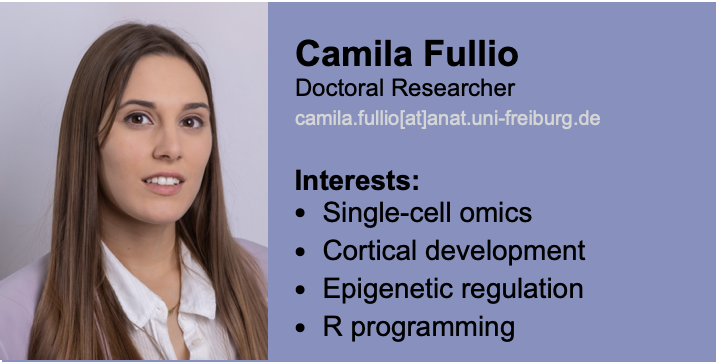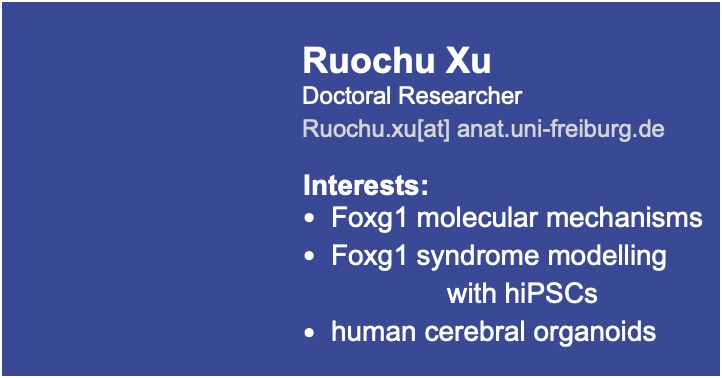Lab Prof. Dr. Tanja Vogel
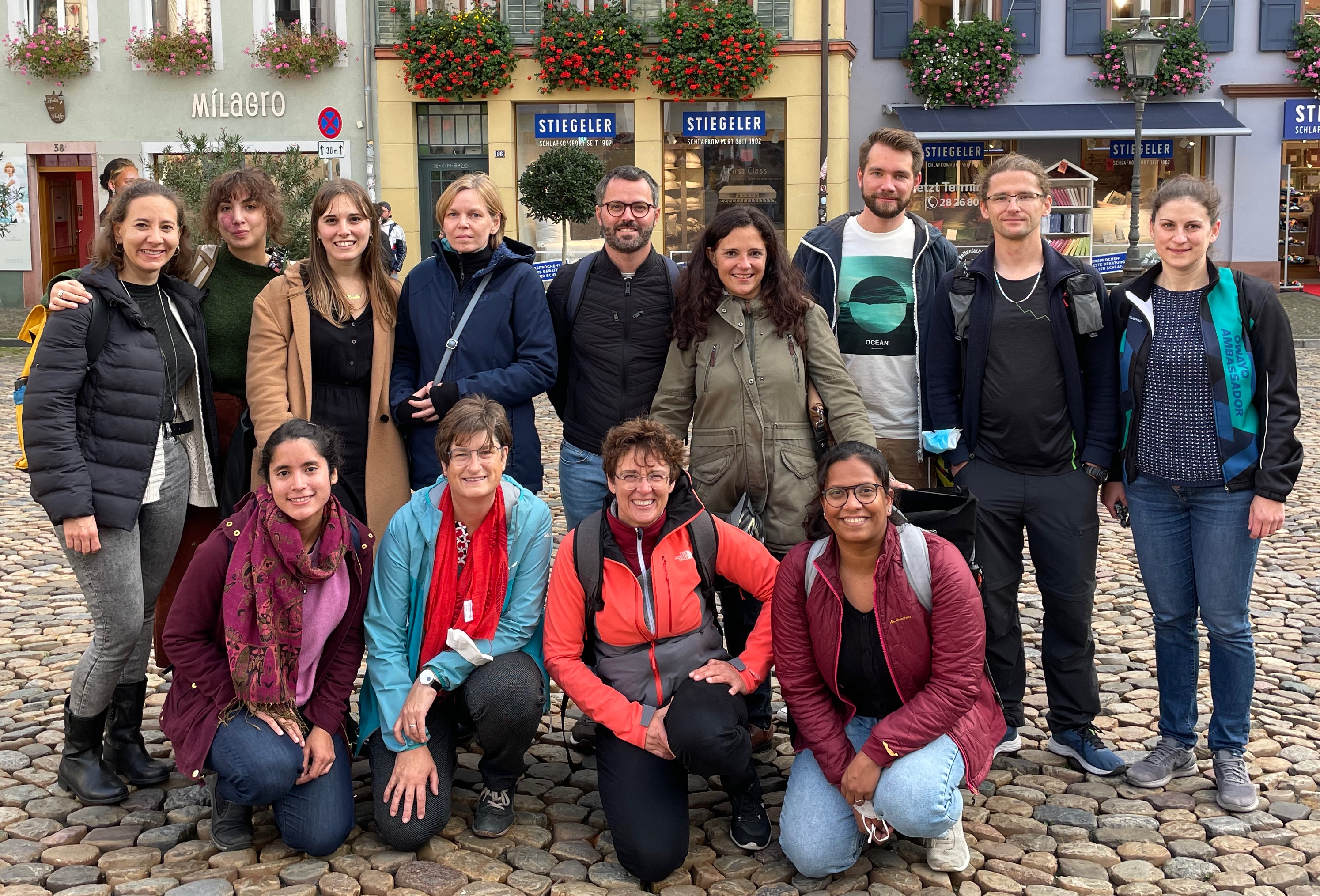
We aim to answer these questions with regard to the developing central nervous system using mouse models, mouse stem cells, human induced pluripotent stem cells, and organoids. Methods include amongst others high throughput sequencing techniques, e.g. ChIP-seq, (single cell) RNA-seq, (single cell) ATAC-seq with bioinformatics analyses, and imaging techniques like smFISH.
Hear Tanja explain our research in episode 114 of Active Motif's Epigenetics podcast: https://www.activemotif.com/podcasts-tanja-vogel
Scientific projects
1. Epigenetic modifications instruct stem cells during central nervous system development
Stem cells are the basis for tissue generation and renewal. A tightly regulated balance between cell division and exit from the cell cycle ensures proper cell differentiation and tissue development. An imbalance in either direction can result in cancer and diseases.
One molecular mechanism in place is control of gene activity, for example by chemical modification of the DNA at the chromatin level, i.e. through epigenetic modifications. Epigenetic modifications include for example histone modifications,that impact on CNS development.
Want to know more? Click here.
2. FOXG1 and the aetiology of FOXG1-syndrome
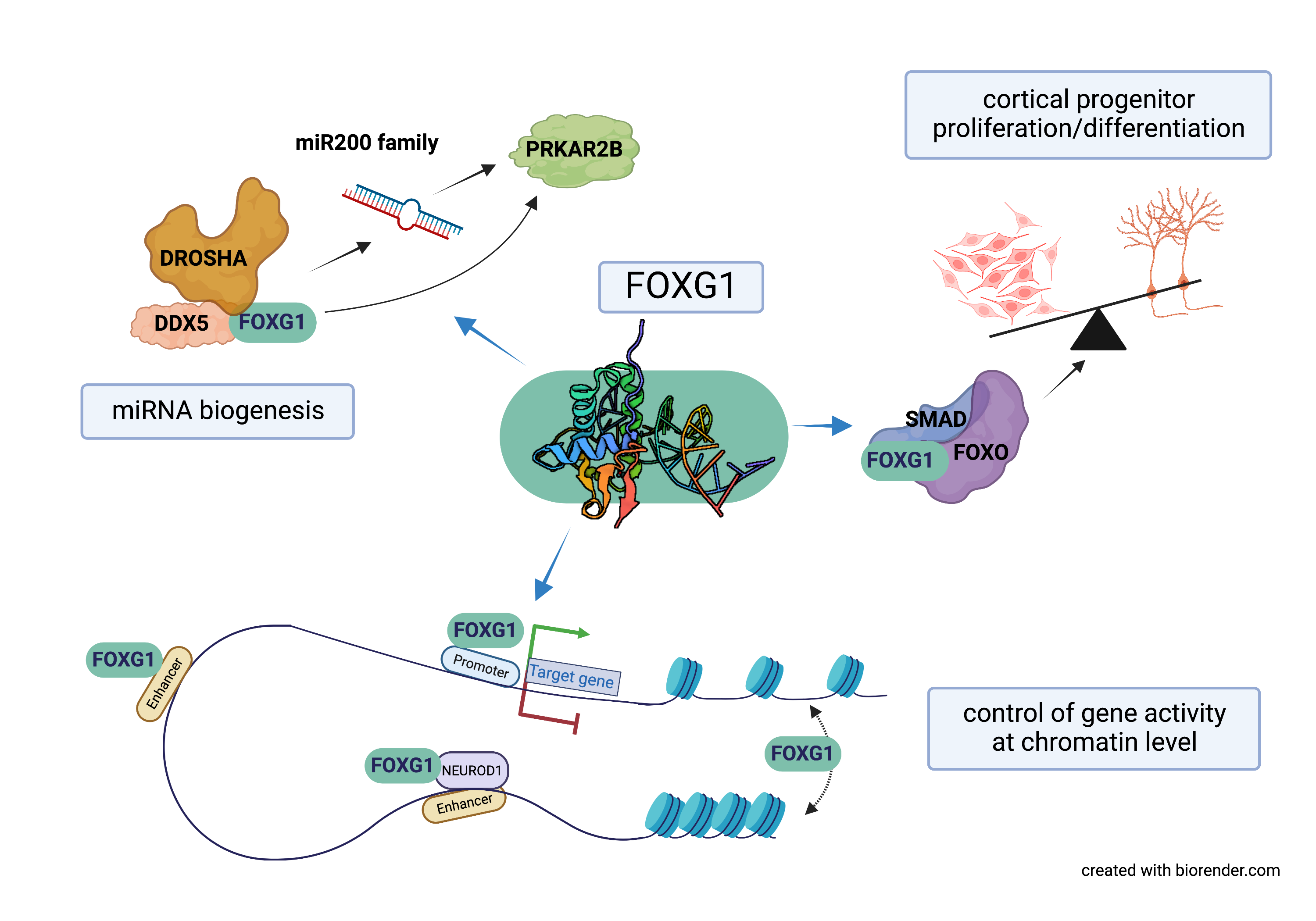
The transcription factor FOXG1 is necessary for proper brain development and its mutation causes severe neurodevelopment defects. We are interested to understand the diverse molecular functions of FOXG1, and what renders it as essential player in the developing forebrain. Using in vitro and in vivo approaches we are studying the effects of altered expression of the mouse and human FOXG1.
Want to know more? Click here
3. Signaling to chromatin
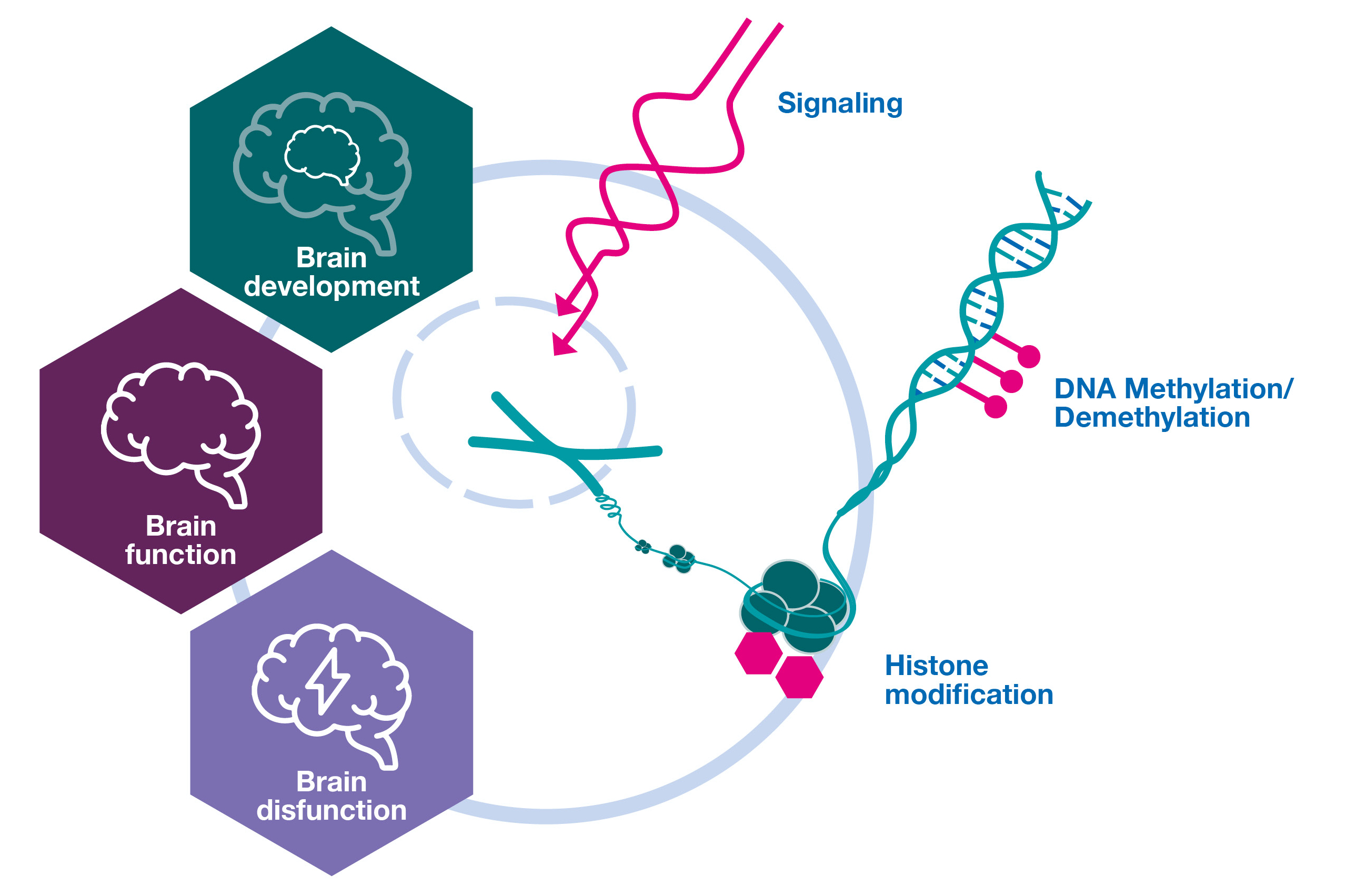
Signaling pathways connect the environment, in which a cell is embedded, with the molecular machinery localized in the cell's interior. Through a cascade of events, information is transported from the outside to the nucleus and translated into a particular gene activity. Several pathways are important for organ development, function, homeostasis and further cellular mechanisms. We studied in the context of forebrain stem cells the Transforming growth factor β and Insulin-like growth factor.
Want to know more? Click here.
People
Publications
Overview articles
Book chapter
Scientific publications in Medline
Research Database University Freiburg
Join the lab!
We are always happy to receive applications for internships from motivated Bachelor and Master students. These can potentially lead to a thesis or student helper activity.
PhD and postdoc candidates are also very welcome to apply with their own funding.
Memberships and Funding
SPP2502 EPIADAPT "Epigenomic adaptations of the developing neural chromatin” will start in summer 2025, coordinated by Tanja.
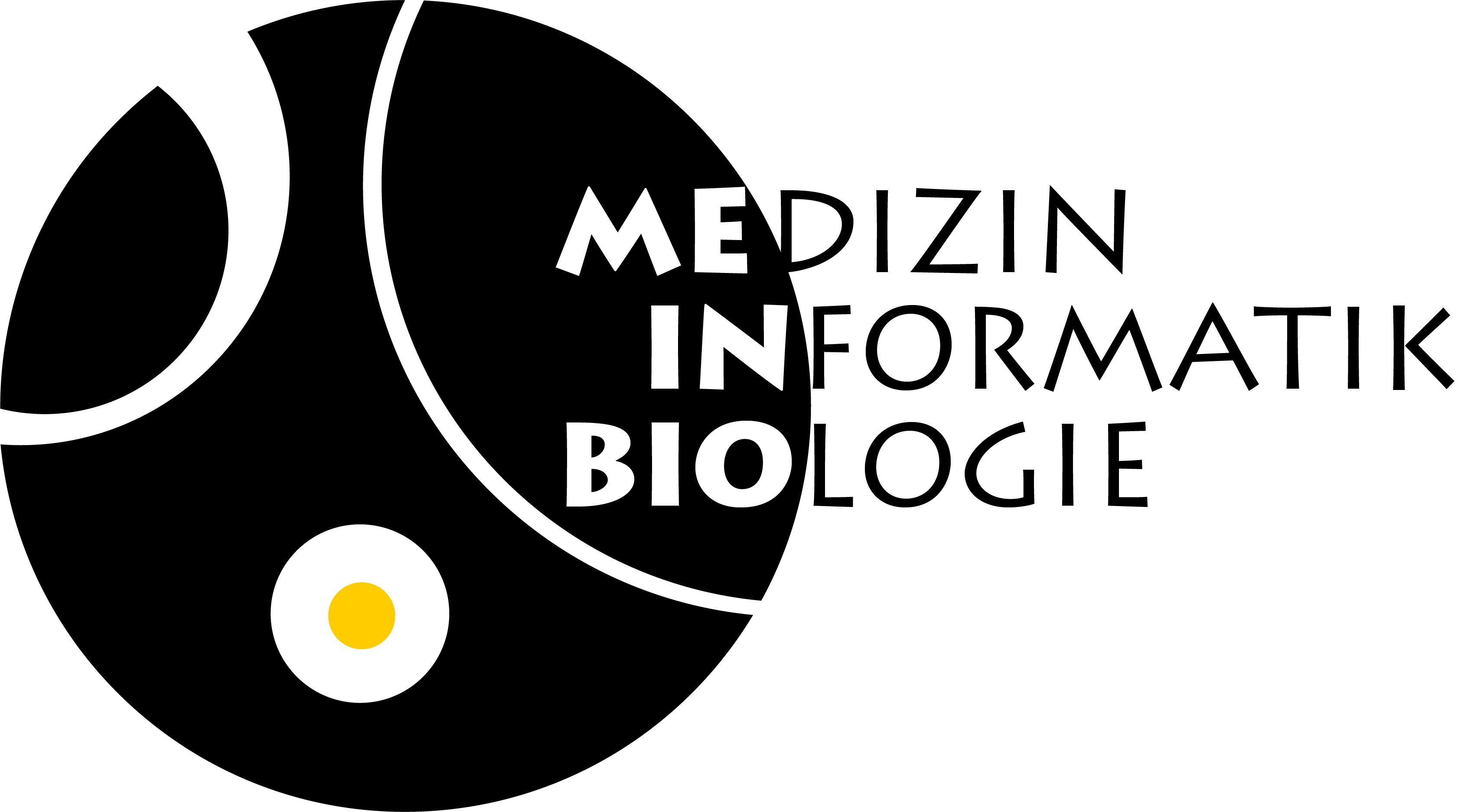
GRK 2344 "MeInBio" "Exploration of spatio-temporal dynamics of gene regulation using high-throughput and high-resolution methods"
![]()
associate member SPP 2202 "Spatial Genome Architecture in Development and Disease"
associate member CRC 1597 "Small Data"
![]()
member of the Freiburg iPS Core.
Ipek is a CRC1381 young investigator.
![]()
Alumni
Stefanie Heidrich
Dr. Velina Bachvarova-Matic
Micha Fauth
Dr. Stefanie Strack


